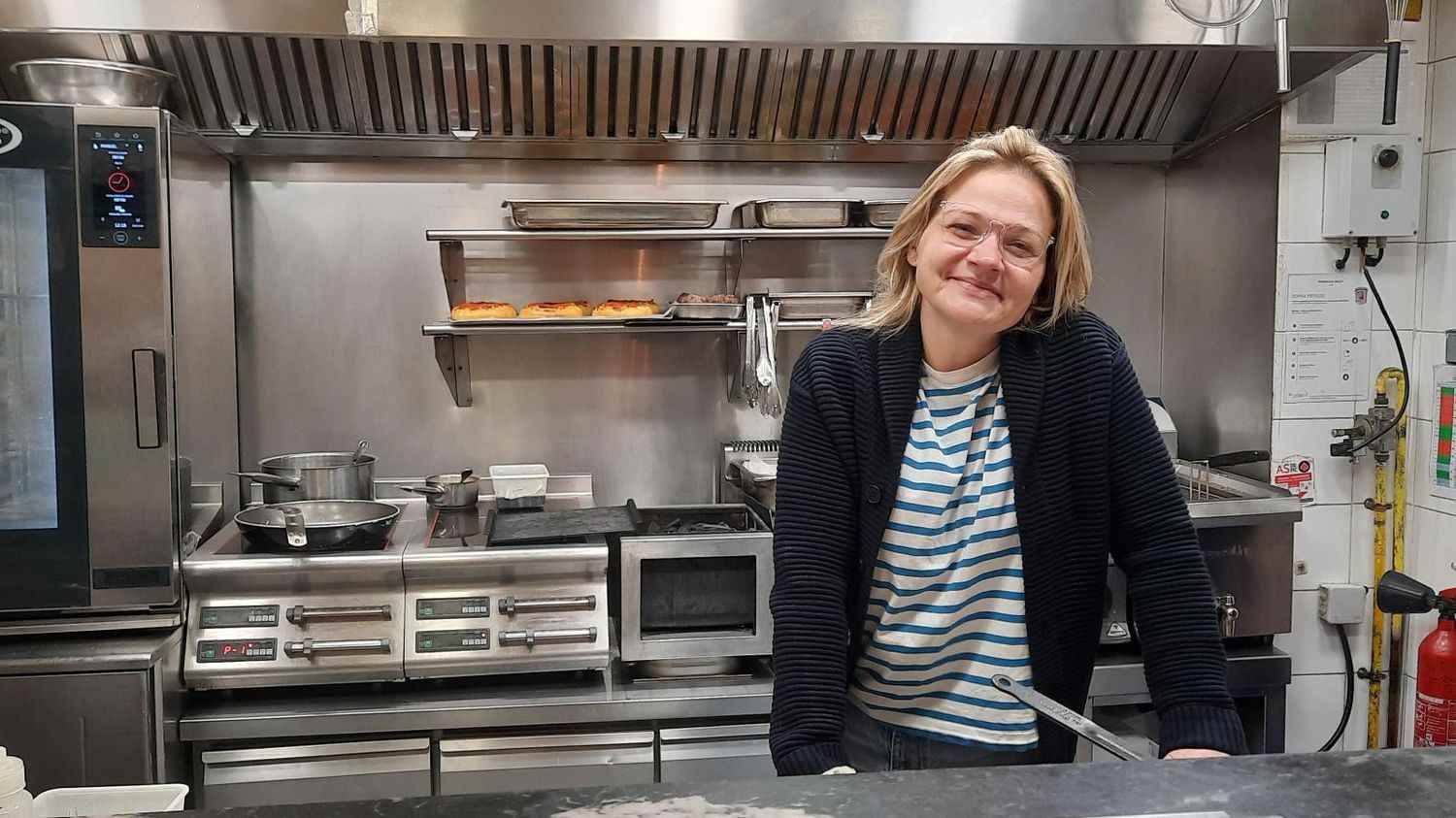The puzzle at snack time. L’Hybride Café, in Paris, prepares take-out meals for the many offices in the 9th arrondissement of the capital. An increasingly expensive meat-based Balkan cuisine. For the boss, ECaterina Paraschivthe motto is very clear: “Before, we did a little skewers by eye. Now, no, I tell my teams: ‘It’s 200 grams, you have to weigh’.” The restaurateur explains that she does not want to increase the bill for customers: “It’s not in my interest at all.”
To circumvent the increases in the price of cardboard, essential for take-out sales, Ekaterina has another idea: to put customers to work. “If you bring your tupperware or your coffee mug, at that moment, we make you a small gesture. For us, it saved us 50 cents and it’s 50 cents earned for you”she explains.
>> Inflation: When will the price of the baguette be between €1.5 and €2?
Christophe Girardet, for his part, owns two bakeries in the Lyon region. He too has imposed new rules to save energy. LEDs everywhere, the oven on at the last moment and some attractive tips: “We do a lot of batches”he explains. “Madeleines with good butter, we buy four to offer a fifth. Ditto with croissants, when we buy three from us, we will offer you the fourth. This way we manage to sell larger volumes and to play a little on the purchase prices of raw materials.”
“We are still in France, we like good food, so we are not at all ready to cut corners on the quality of our products.”
Christophe Girardet, owner of two bakeries in the Lyon regionat franceinfo
Conversely, the question arises: why not make smaller portions? This – obvious – solution is not recommended by the firm Food Service Vision and its president François Blouin. Customers don’t like it, he says. It is better to think”substitution“: “For example, offer more vegetable products instead of animal products”he explains. “If I highlight a vegetable sandwich, its overall cost is lower than that of a sandwich with ham or chicken. It’s cheaper and, incidentally, it joins other consumer trends.”
Another example: replacing certain products with others, even if less noble. “We are no longer going to highlight the entrecôte of the day”continues François Blouin, “but the butcher’s piece of the day. We can also replace salmon with sea trout. So we will have substitutions of ingredients that provide a similar taste, but which have a lower cost. In any case, it is now absolutely forbidden to waste any ingredient.
